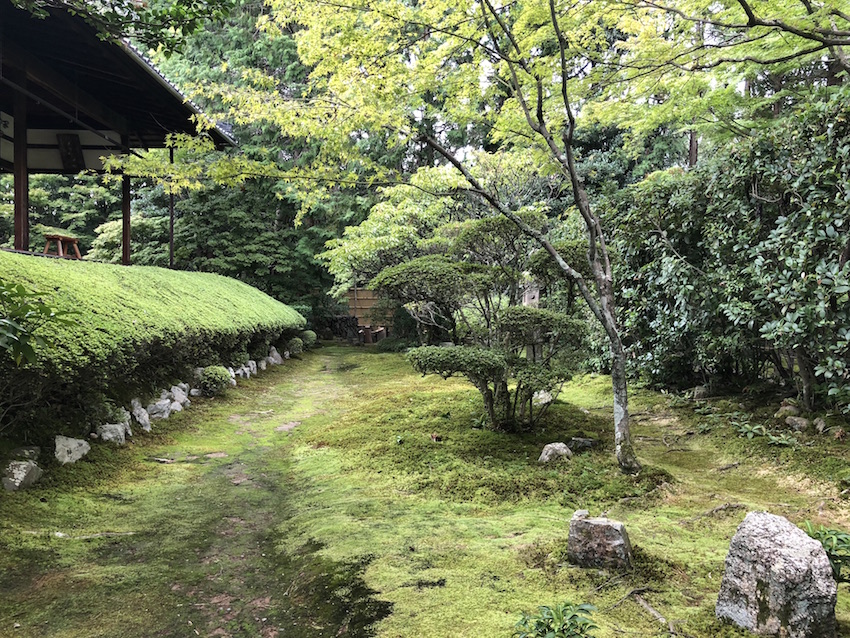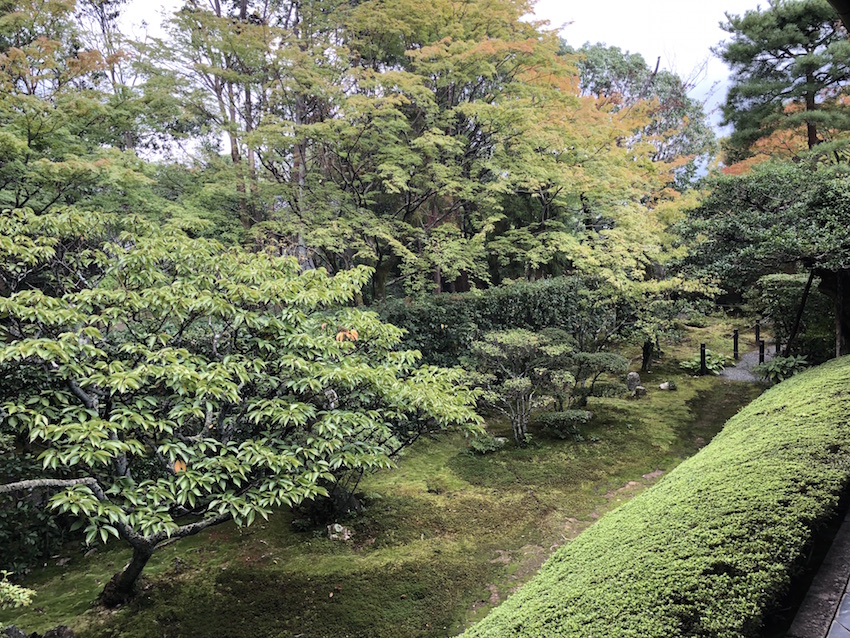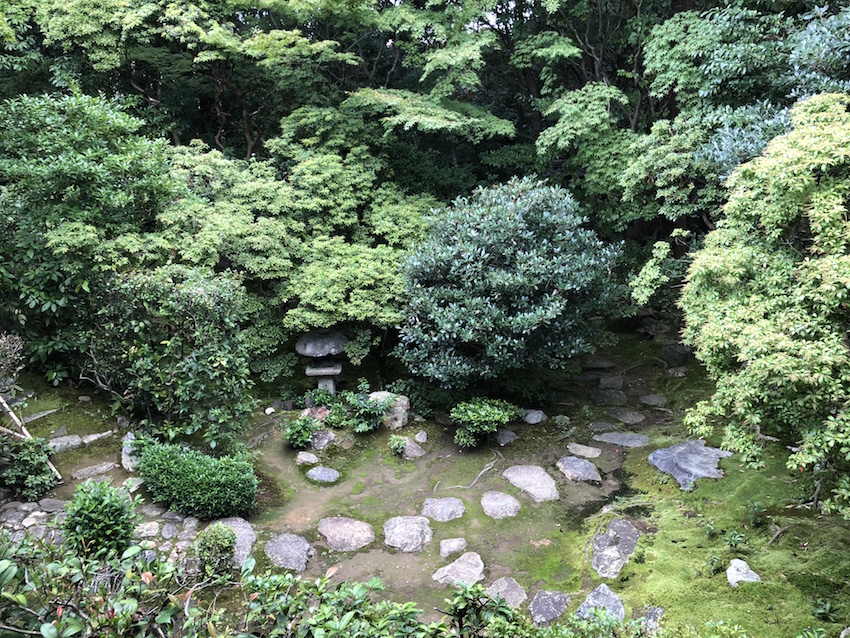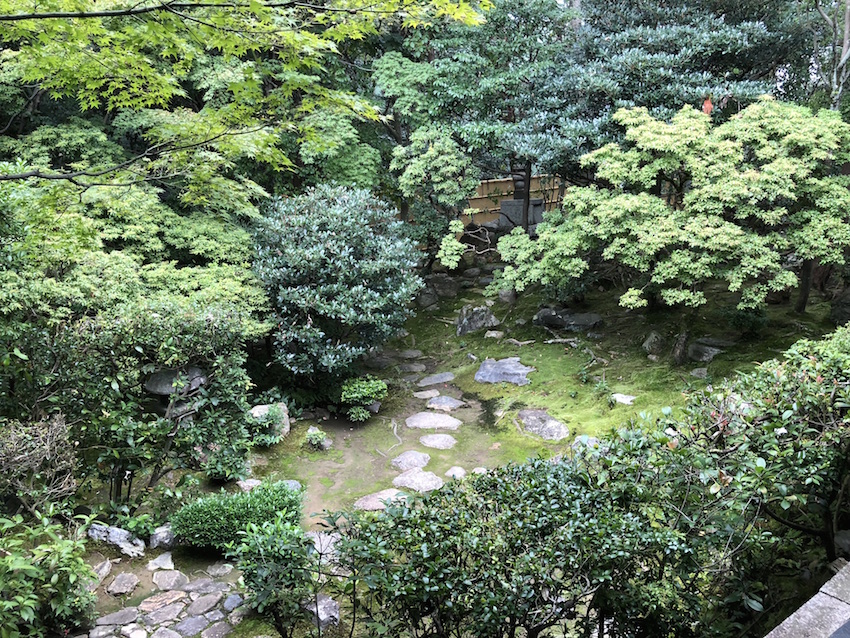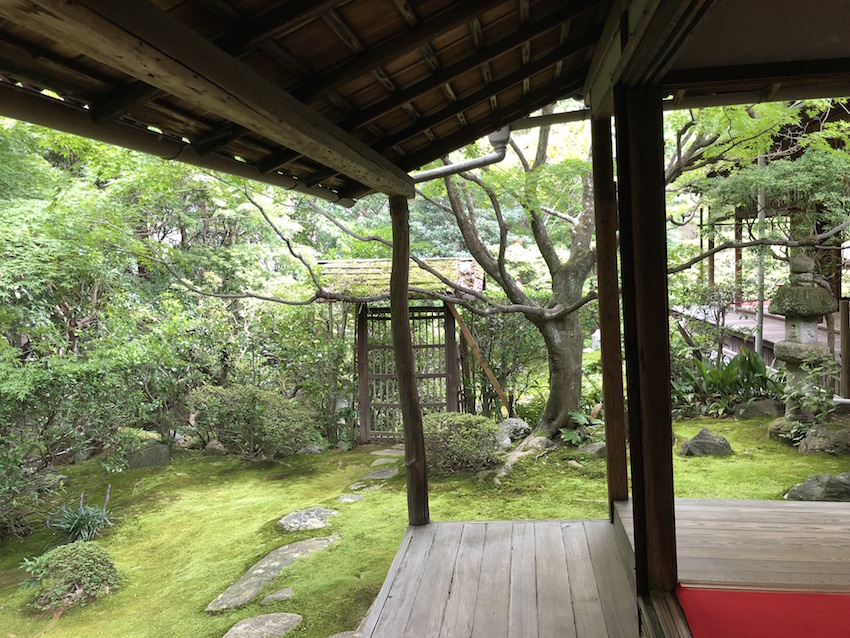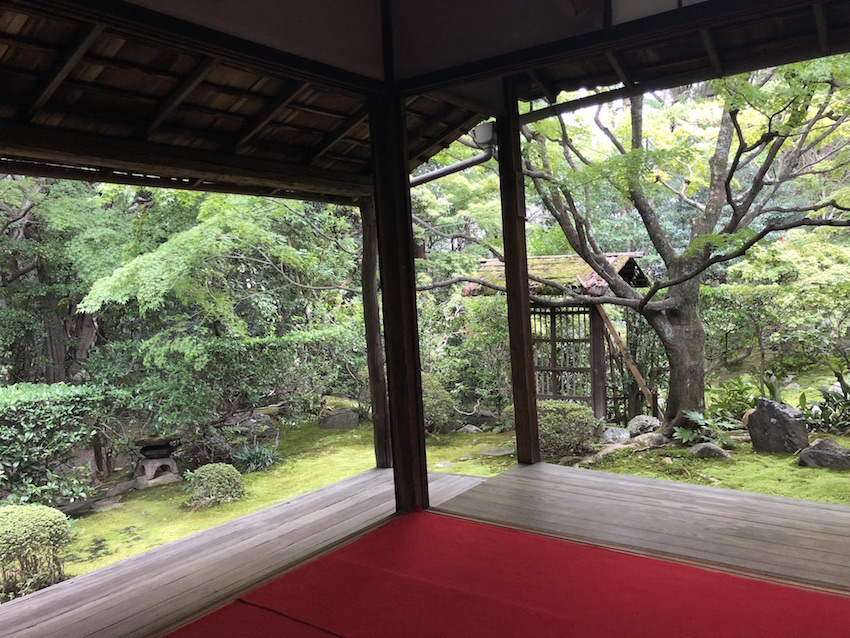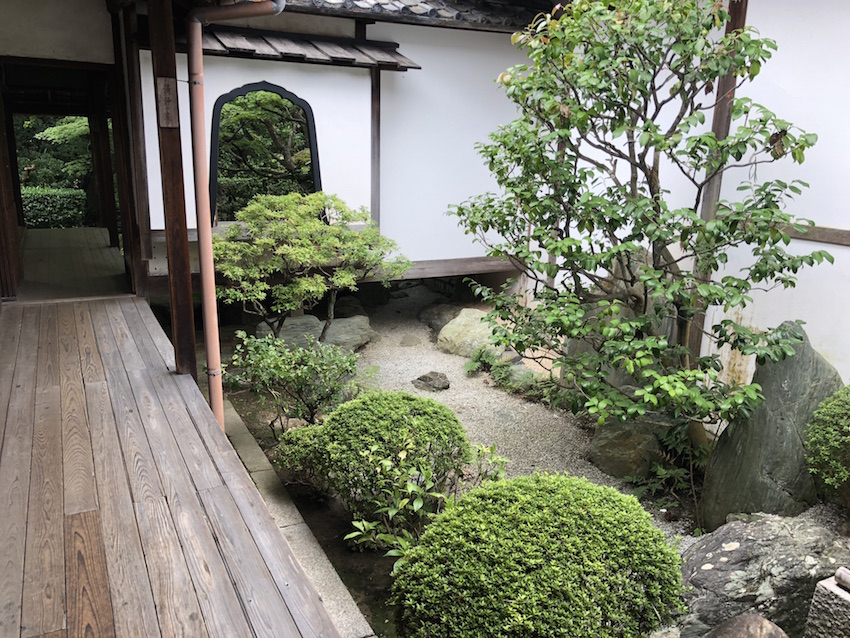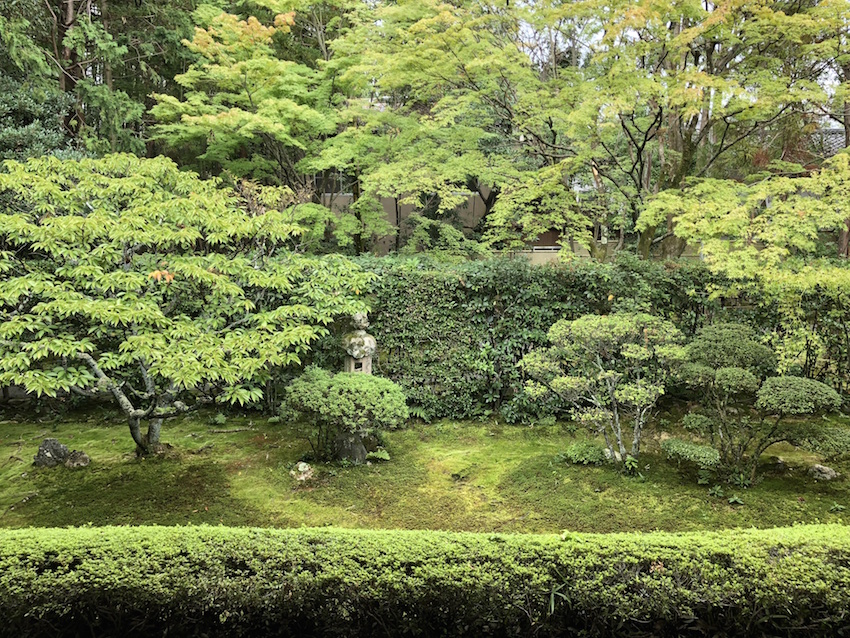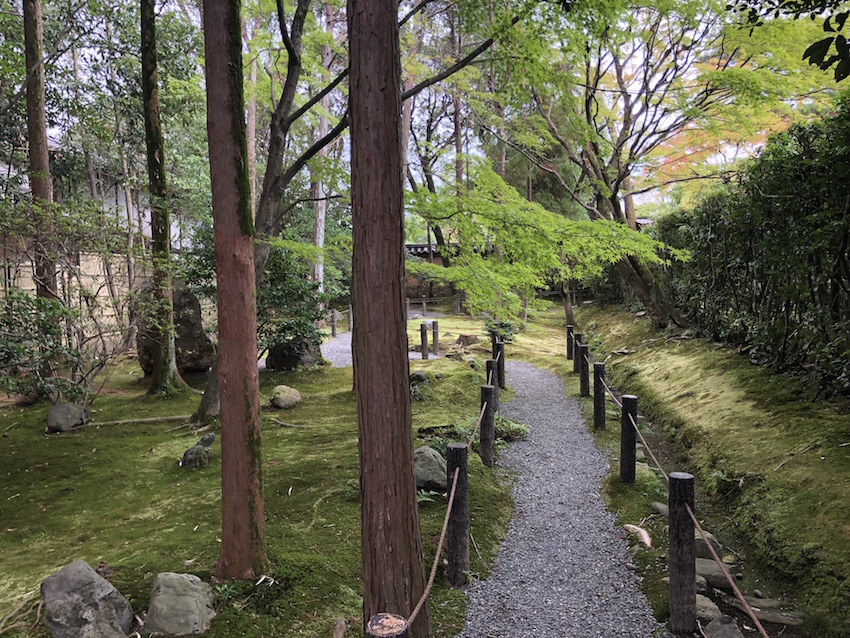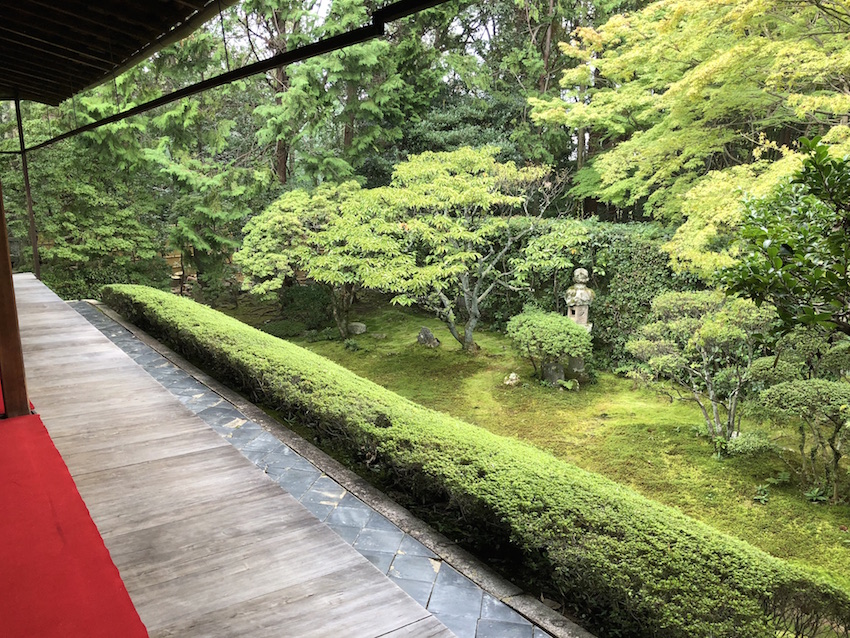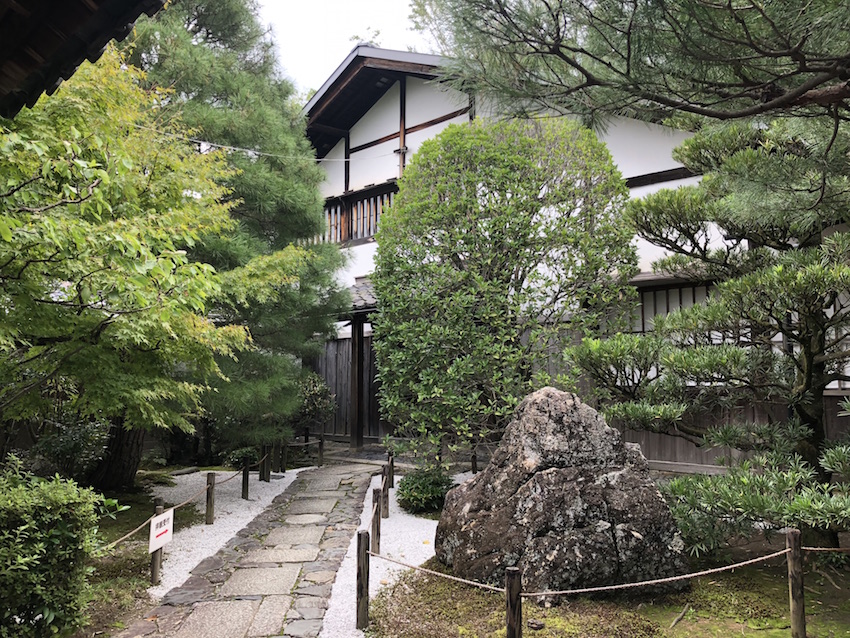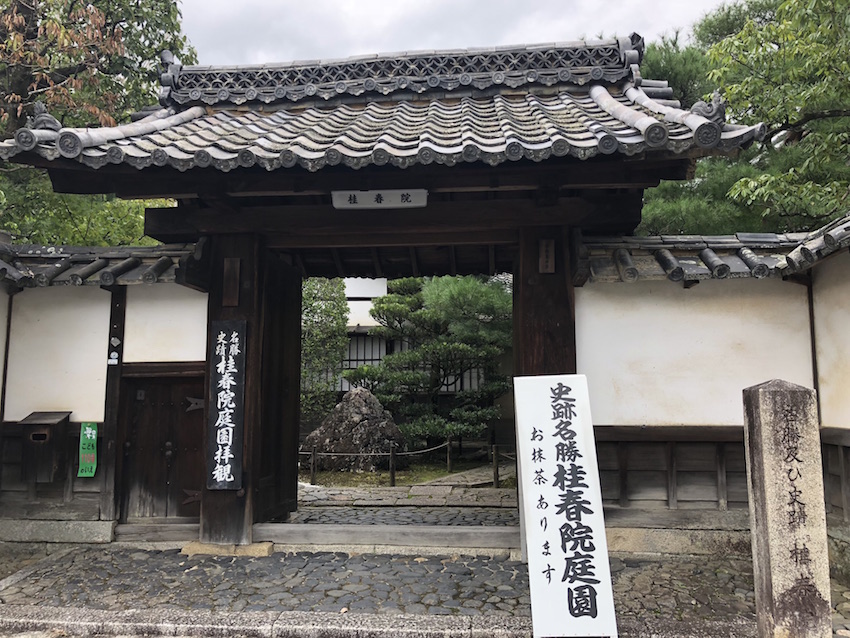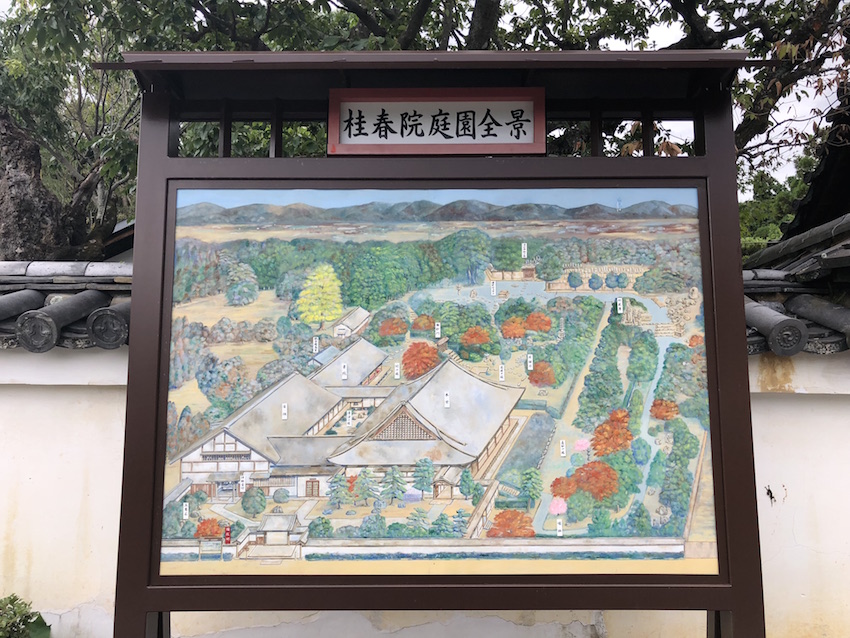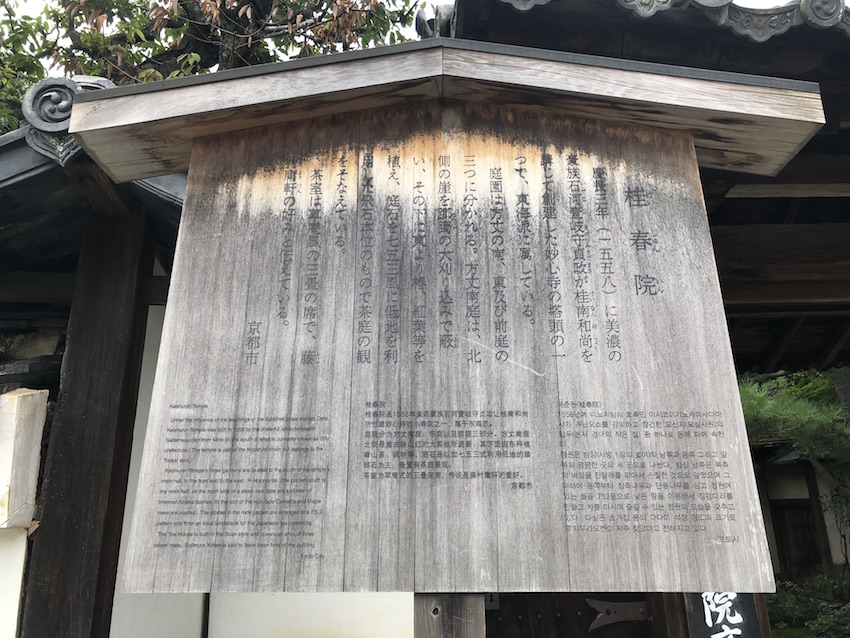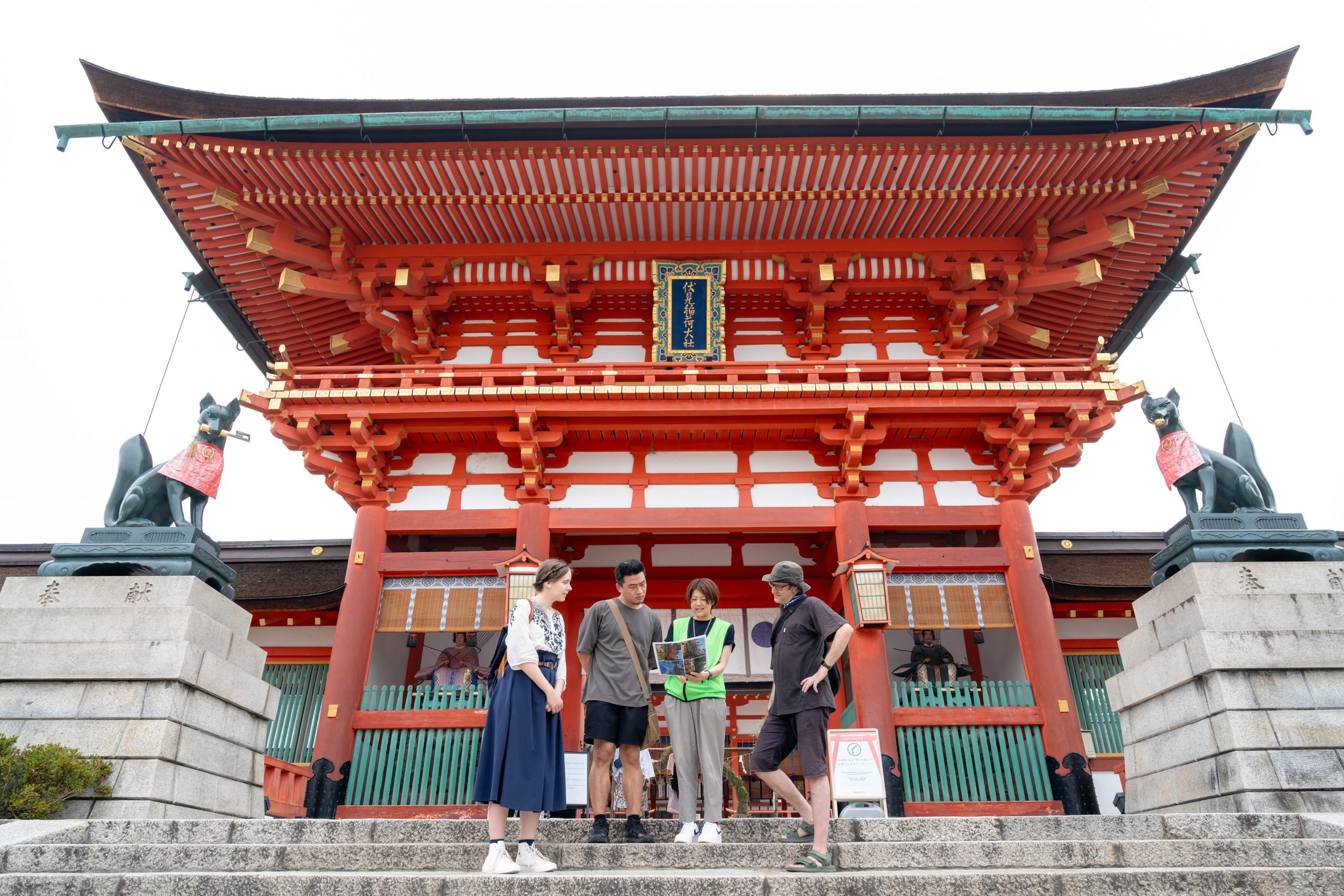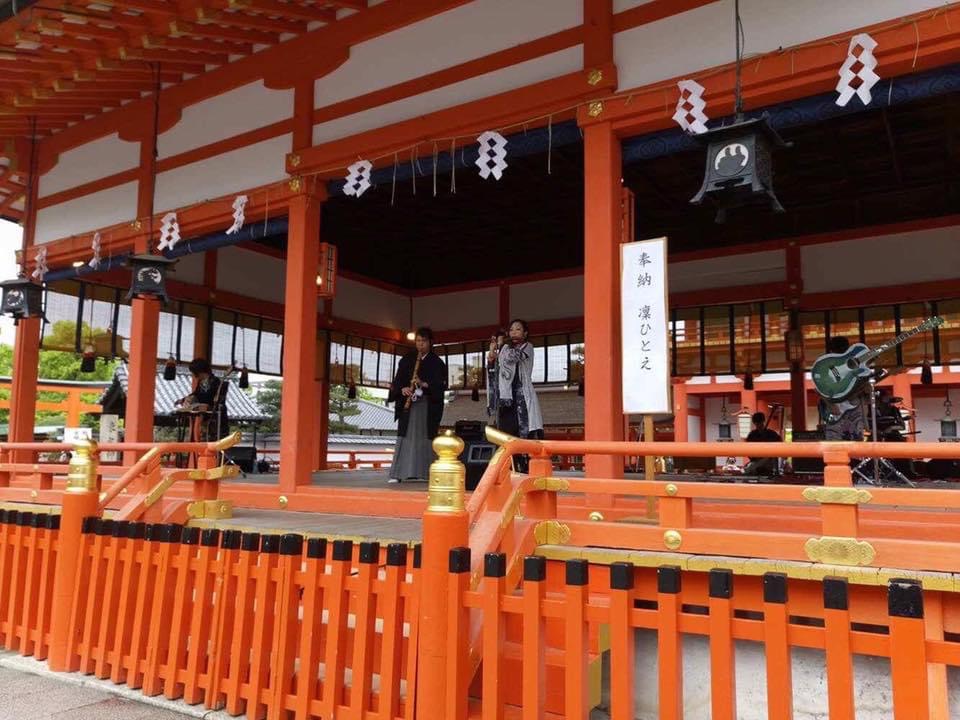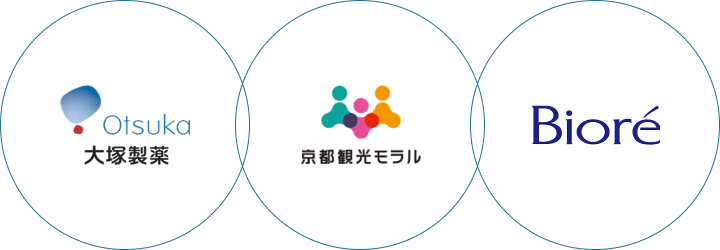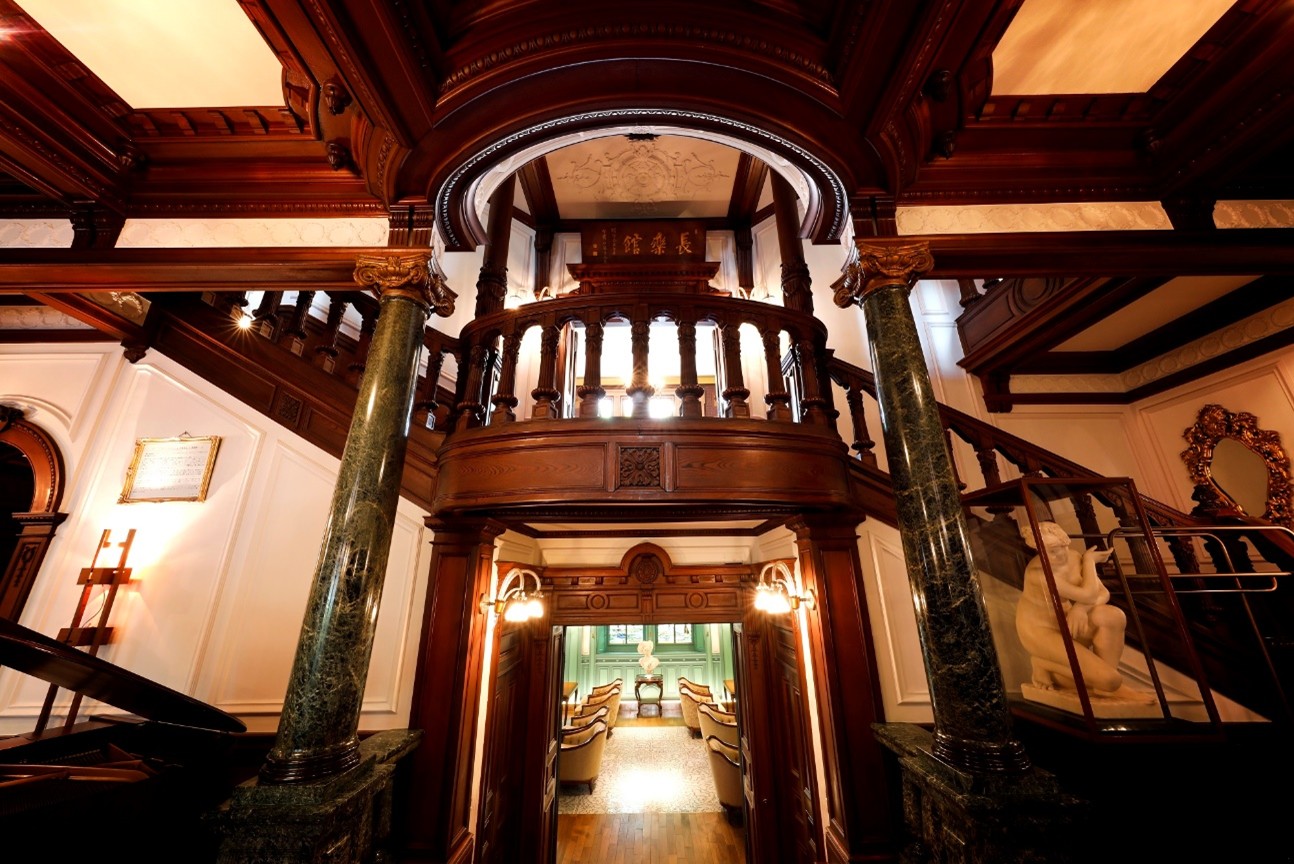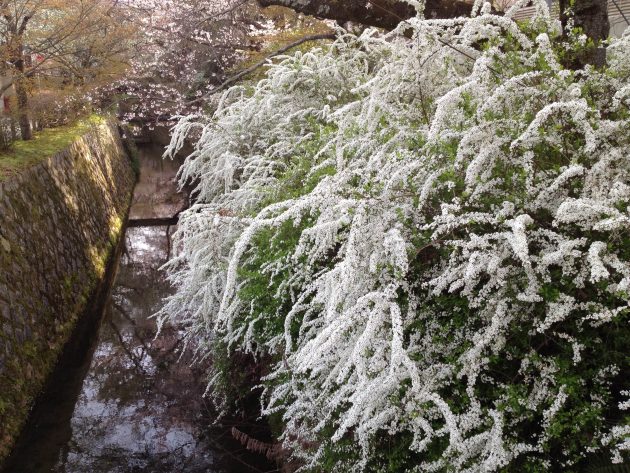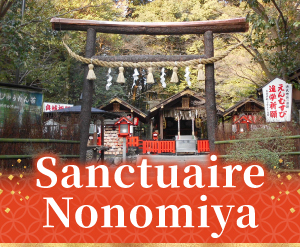À propos du temple Myoshin-ji et du jardin Keishun-in
Temple annexe du temple Myoshin-ji, le temple Keishun-in est généralement ouvert au public, tout comme les temples Taizo-in et Daishin-in. Son jardin, le jardin Keishun-in, a été classé site national de beauté pittoresque.
Le temple Myoshin-ji, un grand temple et l'un des plus célèbres de Kyoto, fut construit en 1337. Aujourd'hui encore, de nombreux temples secondaires subsistent, formant une vaste ville de temples. Le temple secondaire situé le plus au nord-est, le temple Keishun-in, fut construit par Oda Hidenori (également connu sous le nom de Tsuda Hidenori), deuxième fils d'Oda Nobutada (le fils aîné d'Oda Nobunaga), vers 1568-1600.
Plus tard, de nombreux bâtiments, tels que les quartiers actuels du grand prêtre (le bâtiment principal du temple), les quartiers des prêtres et le bureau, furent construits par Ishikawa Sadamasa (au service des familles Toyotomi et Tokugawa, il fut le premier guerrier à vaincre un ennemi lors de la bataille de Sekigahara). Ces bâtiments, construits vers le XVIIe siècle, ont tous été classés biens culturels matériels de Kyoto. De plus, les peintures des paravents coulissants des quartiers du grand prêtre sont des créations de Kano Sansetsu, élève de Kano Sanraku de l'école de peinture Kano.
Les jardins du temple Keishun-in sont constitués de jardins paysagers secs complexes :
- La cour « Shojo Garden », le seul de ces jardins utilisant du sable blanc (Photographie #4)
- Le « Jardin Wabi » visible depuis le bureau (Jardin Wabi/Photographies #5–6)
- Le « Jardin Shii » qui surplombe les pierres de gué depuis les quartiers du prêtre principal construits sur une zone surélevée (Jardin Shii/Photographies #7–8)
- Et le plus grand, « Shinnyo Garden », connu pour son utilisation de l'herbe (Shinnyo Garden/Photographies #9–11)
Chacun de ces jardins est agrémenté de mousse pour une beauté verdoyante. Les azalées éblouissent au printemps, et les teintes vives des érables d'automne et des feuilles rouges colorent le jardin à la fin de l'automne.
Ce genre de jardin, où les visiteurs peuvent contempler la mousse luxuriante, est rare. Avec son atmosphère particulière, rappelant un jardin de thé aménagé pour le salon de thé privé Kihaku-an, le jardin n'est pas officiellement connu. Cependant, d'après l'année et le style, il s'agit probablement du prêtre et jardinier Gyokuenbo, élève du seigneur féodal Kobori Enshu. Je ne l'ai visité que deux fois, mais personne d'autre n'était présent à chaque fois et j'ai pu admirer les lieux tranquillement. La prochaine fois, j'aimerais y aller à la fin de l'automne !
(J'ai visité en juillet 2014 et en septembre 2018. Les informations suivantes sont correctes aux dates de mes visites. Veuillez consulter les sites Web officiels concernés pour obtenir les informations les plus récentes.)
Instructions
11 Hanazono Teranonaka-cho, Ukyo-ku, ville de Kyoto, préfecture de Kyoto 616-8036
Tél.
+81-75-463-6578
Site web
Temple Myoshin-ji
Accéder
À 10 minutes à pied de la gare de Hanazono sur la ligne JR San-in (*La carte ci-dessous mène à un sous-temple séparé, mais continuez un peu plus loin !) À 6 minutes à pied de la gare de Myoshinji et de la gare de Ryoanji sur la ligne Kitano du chemin de fer électrique Keifuku.


